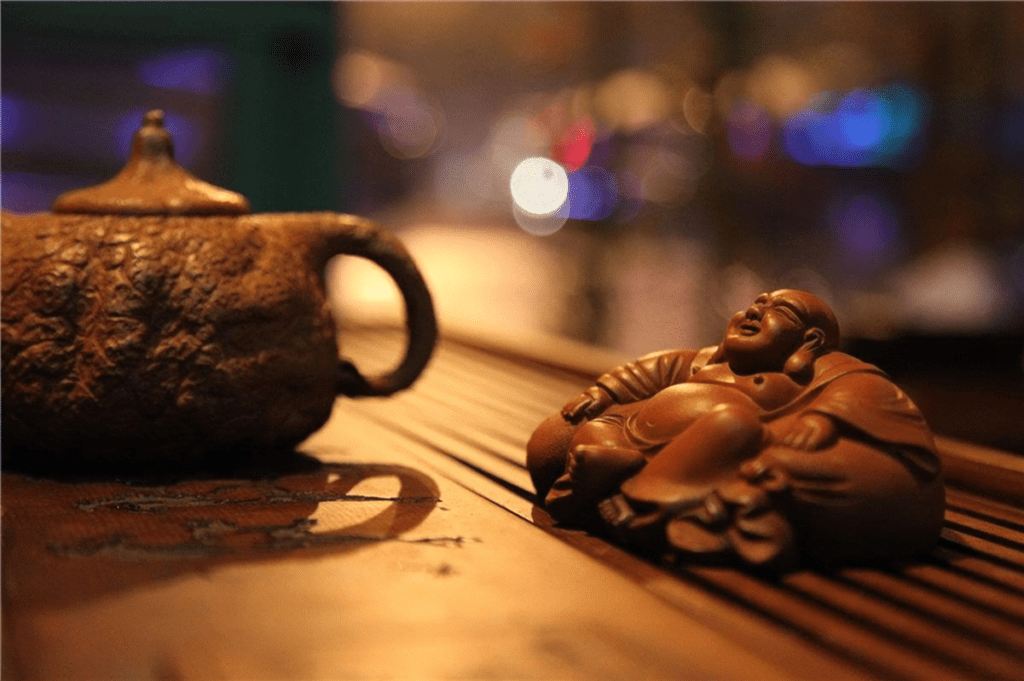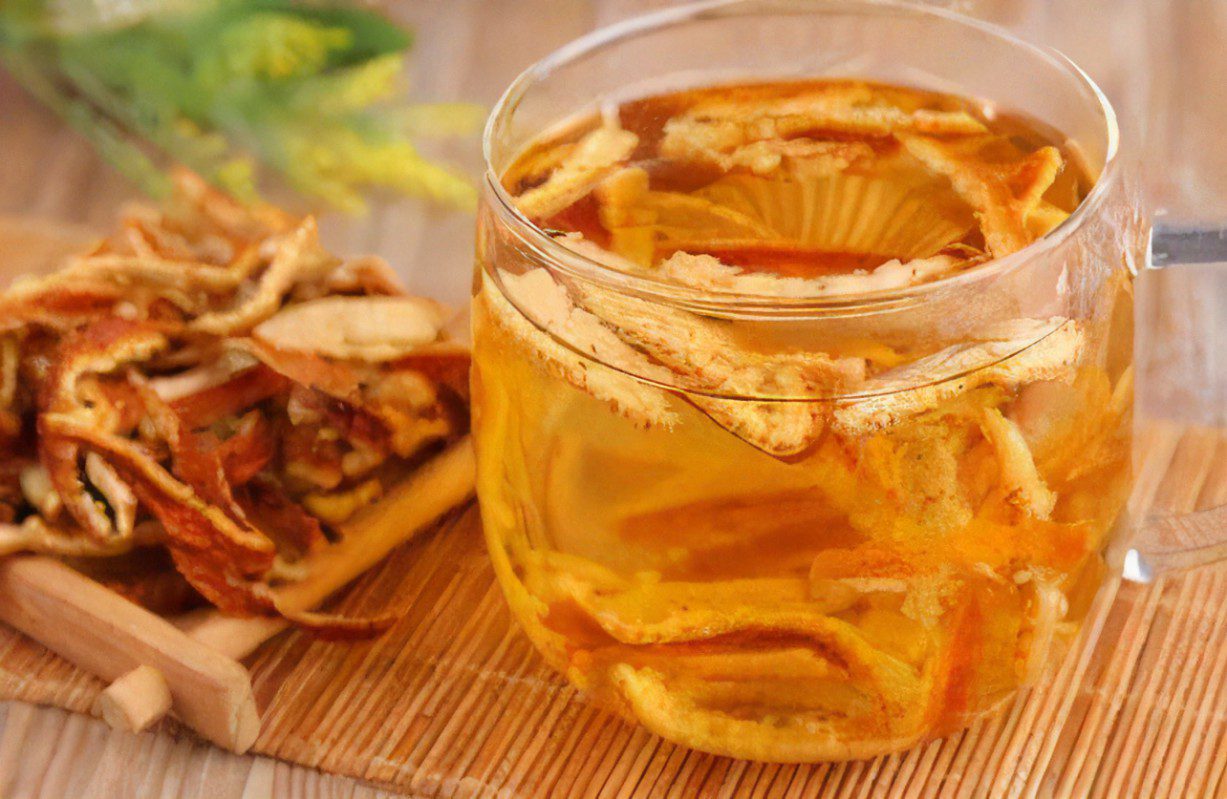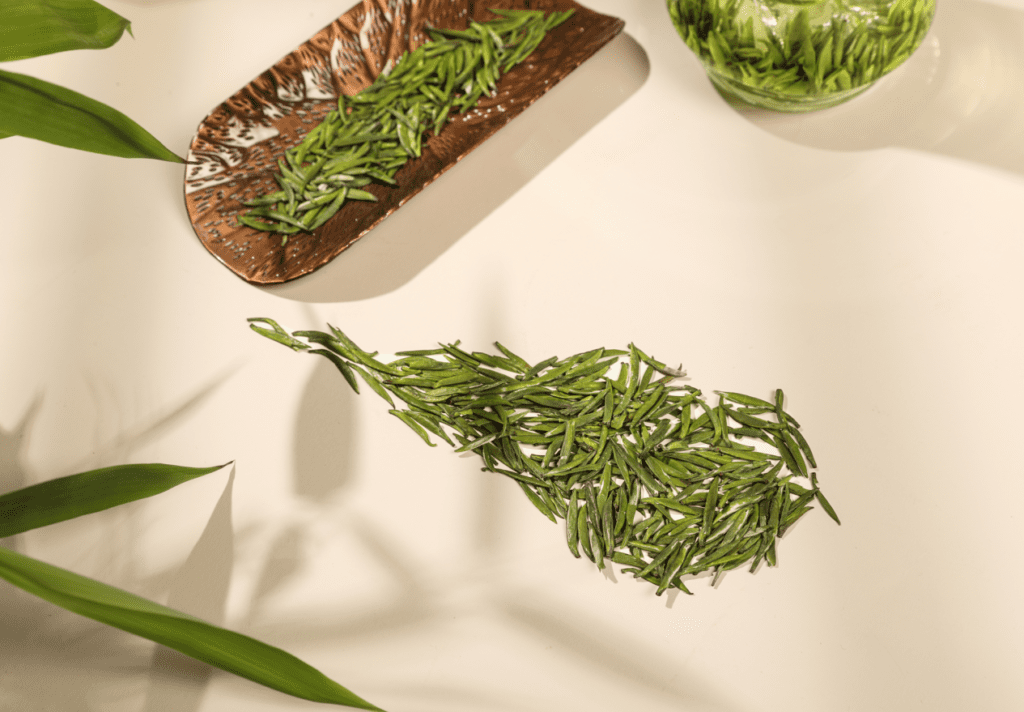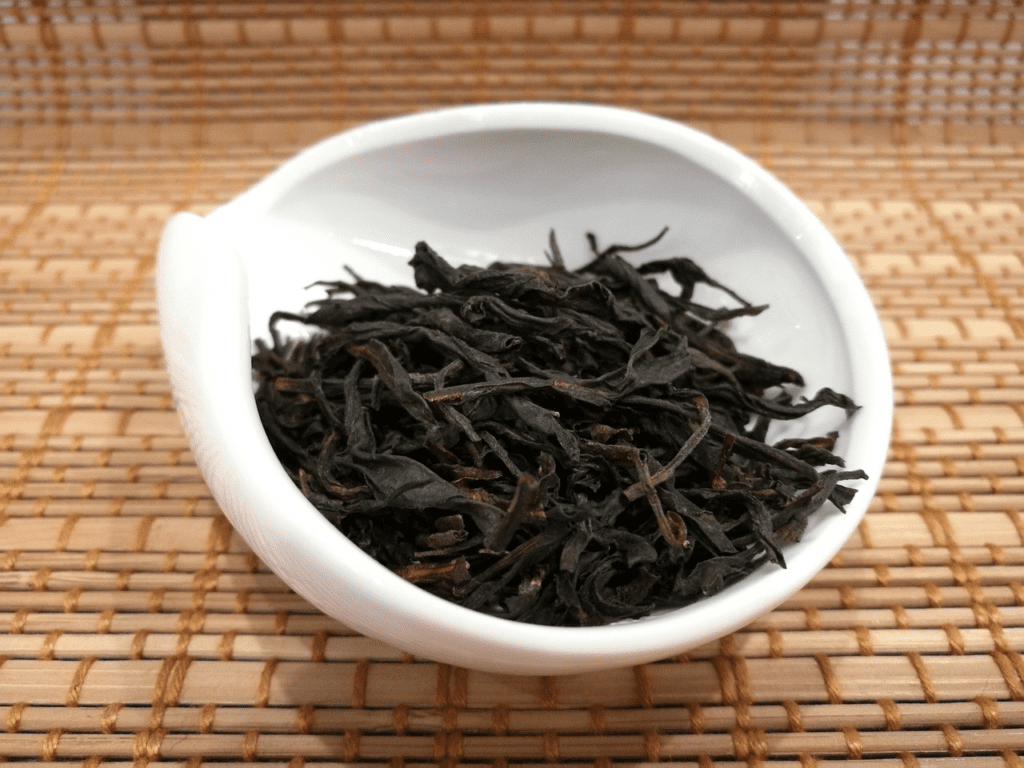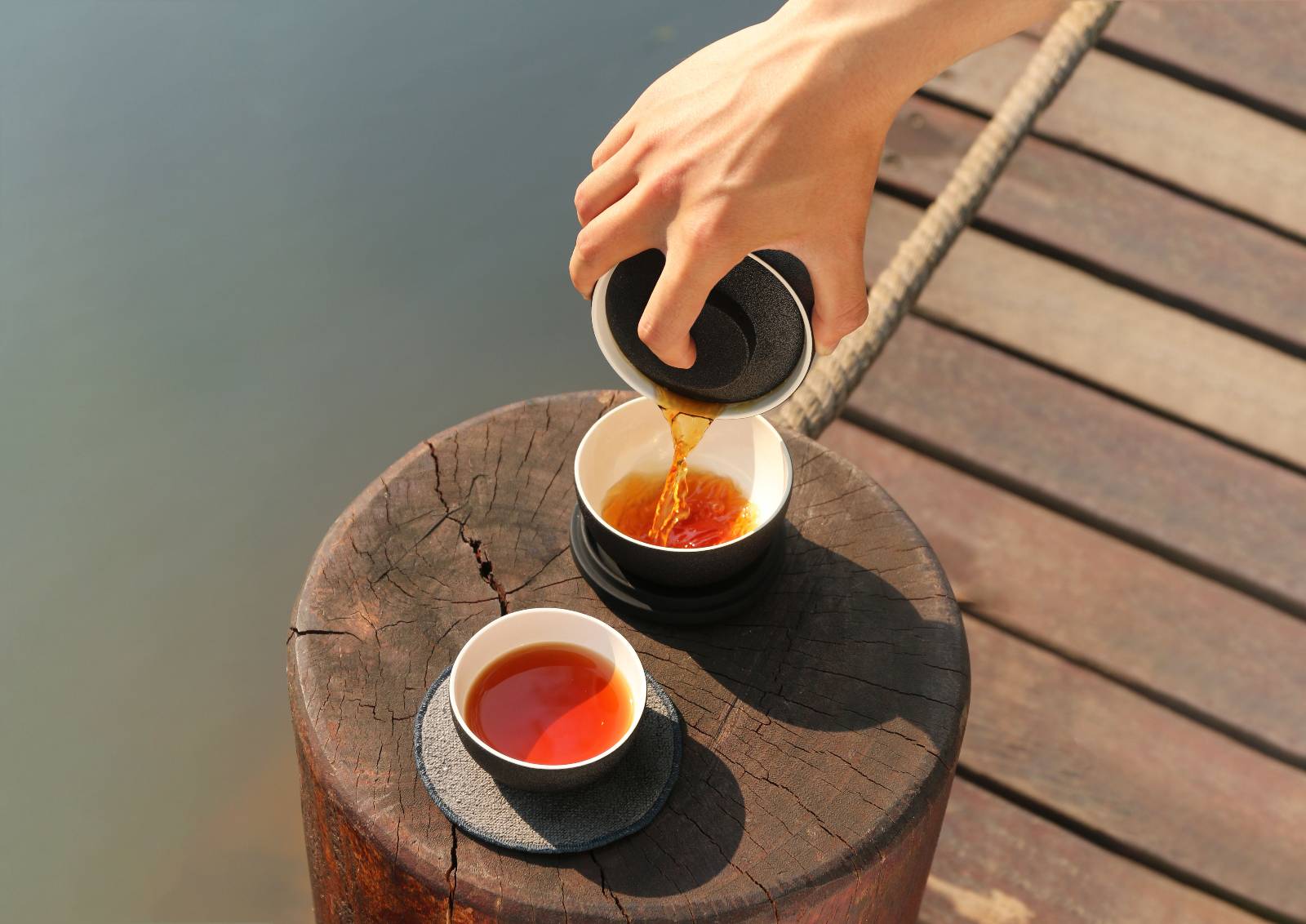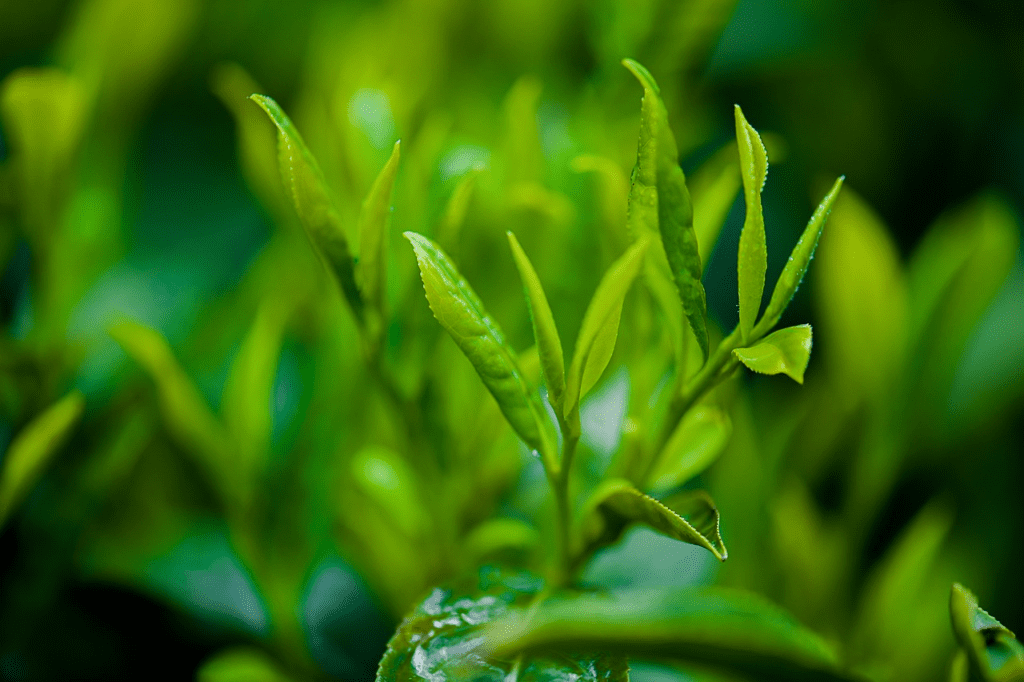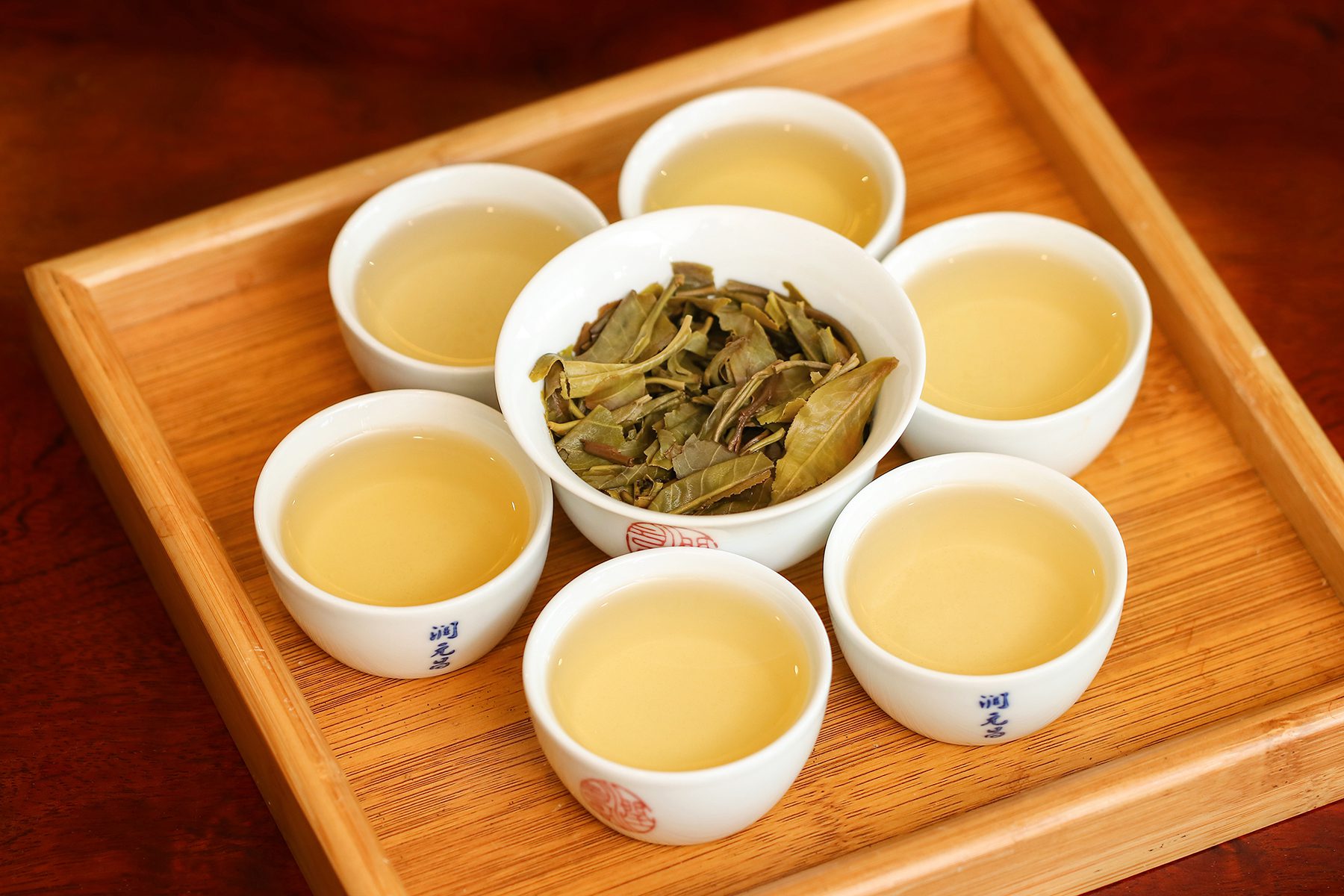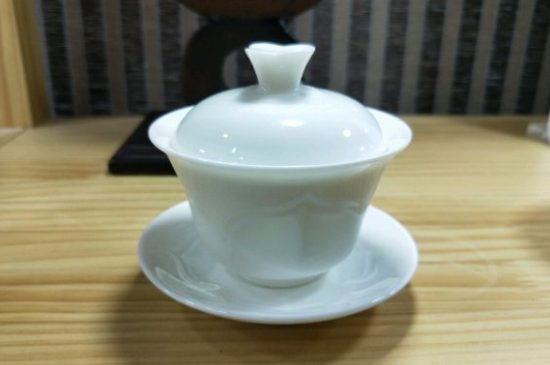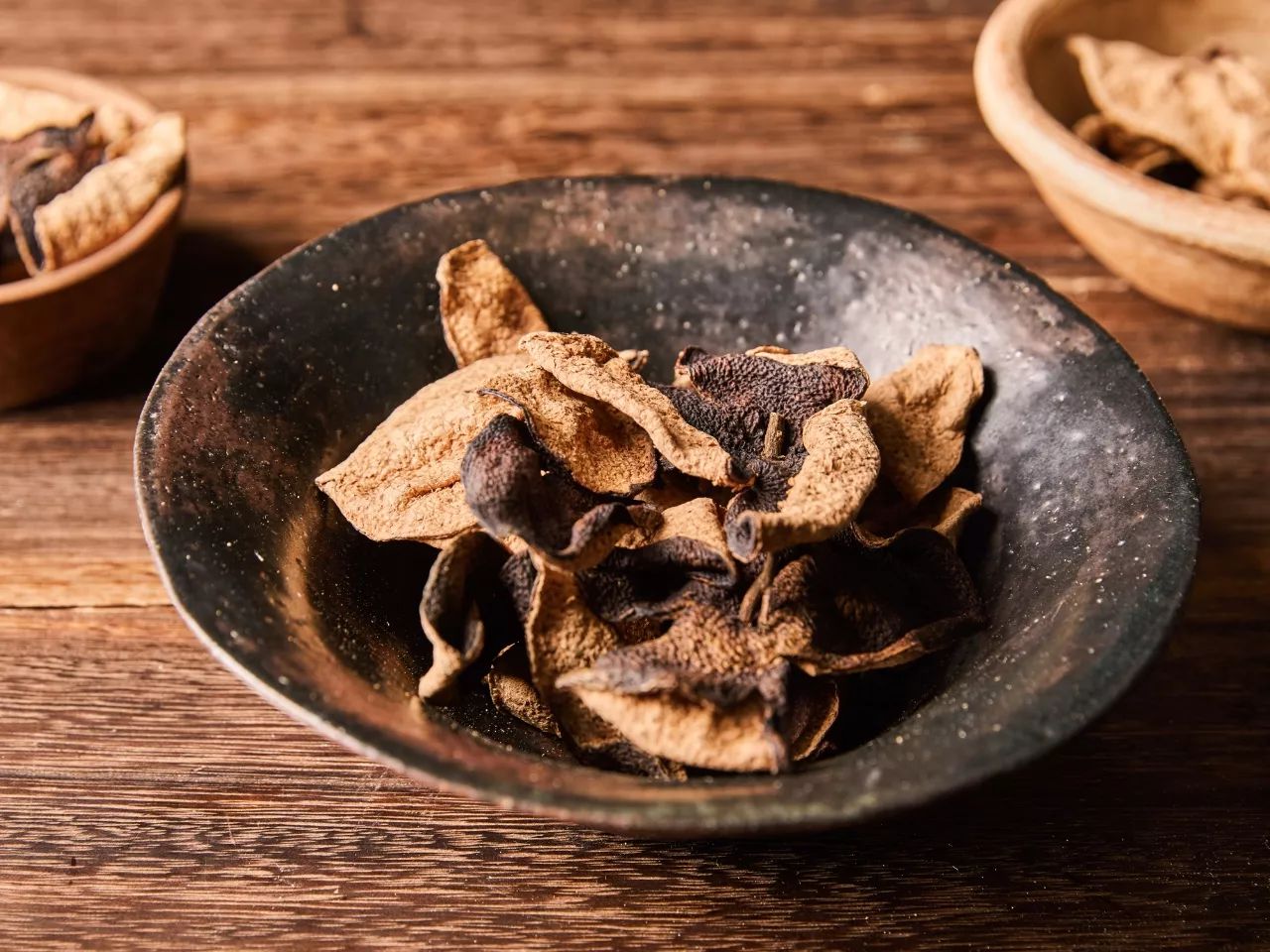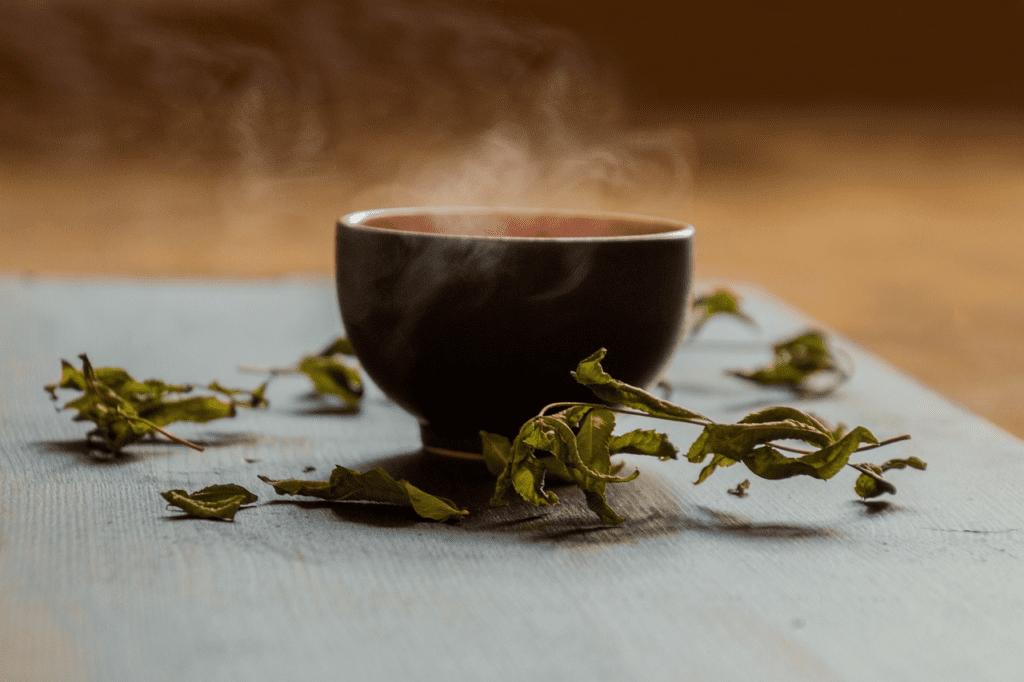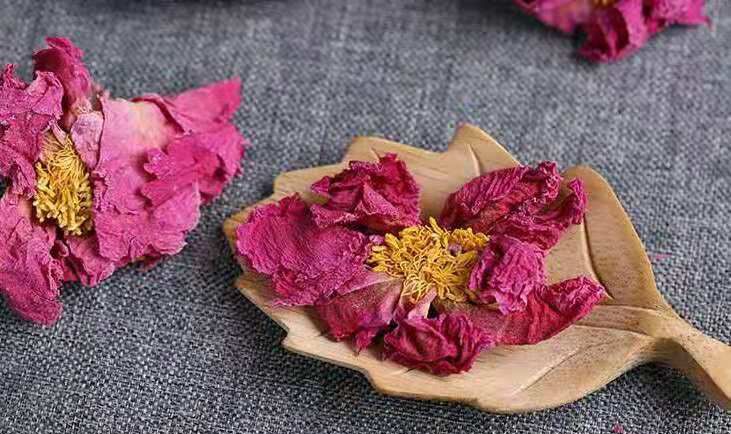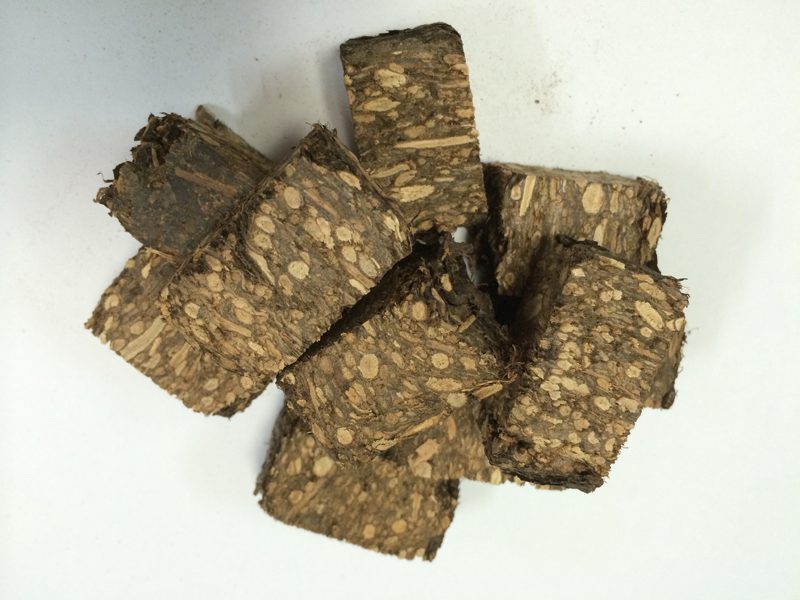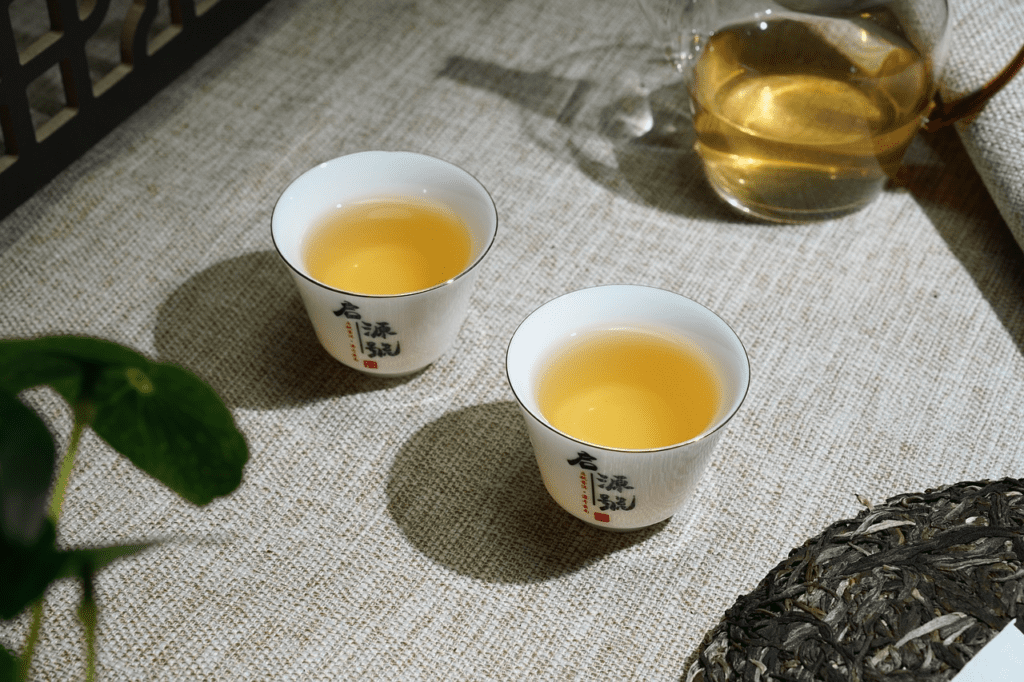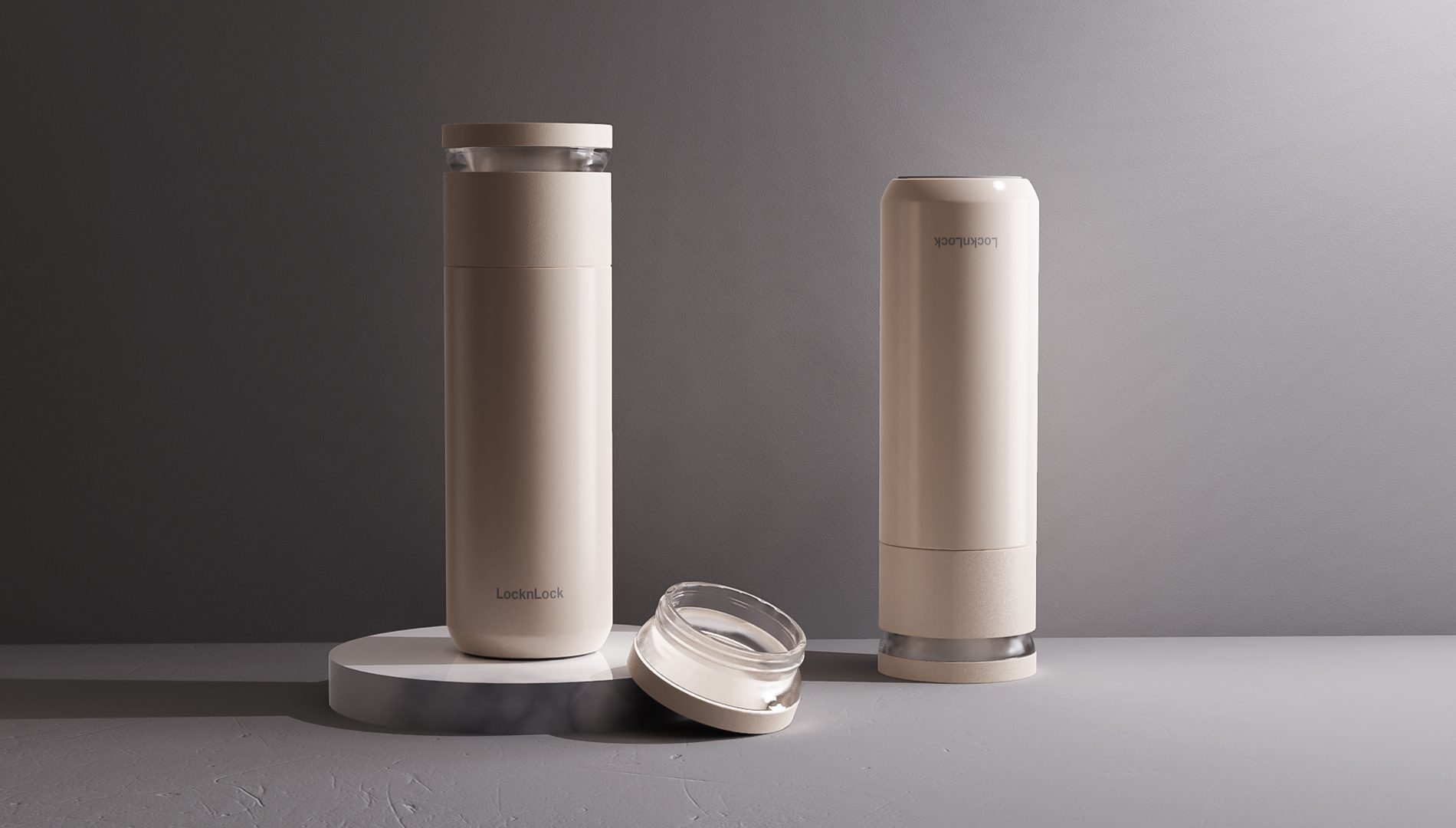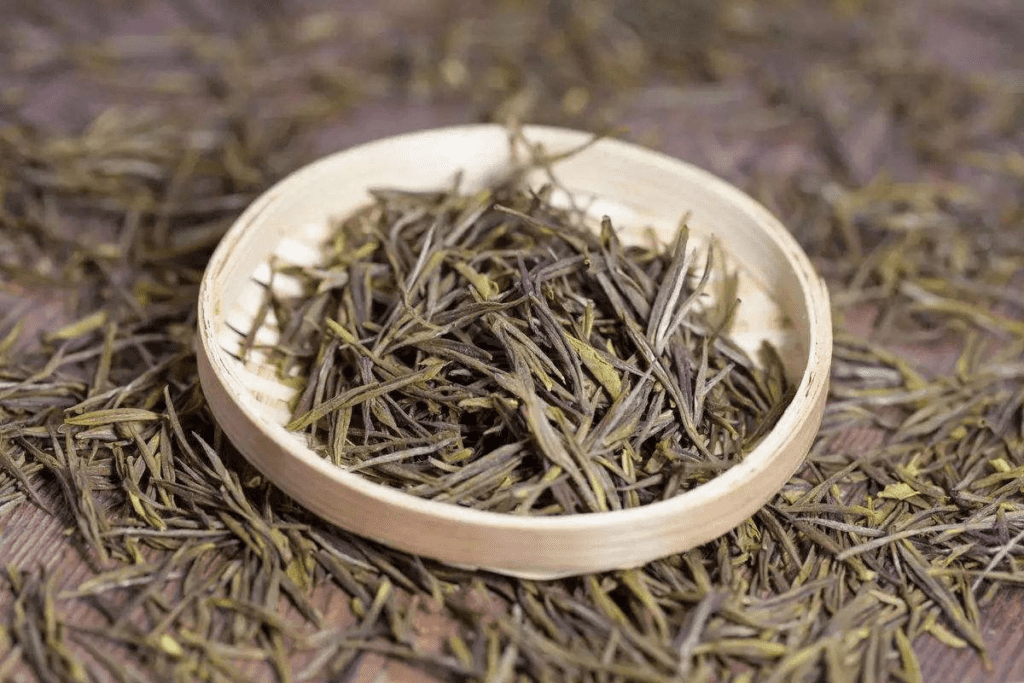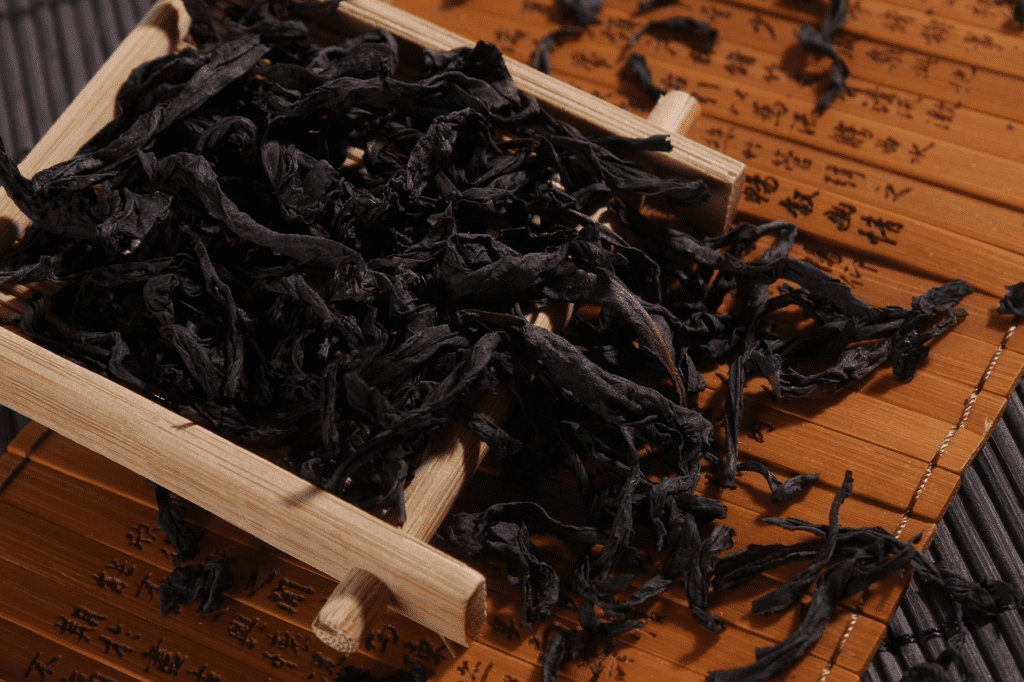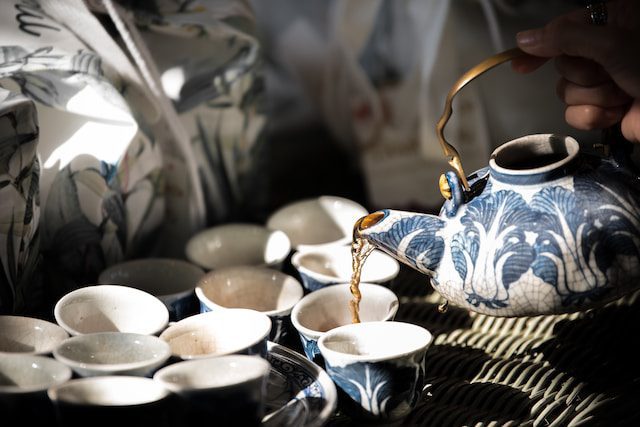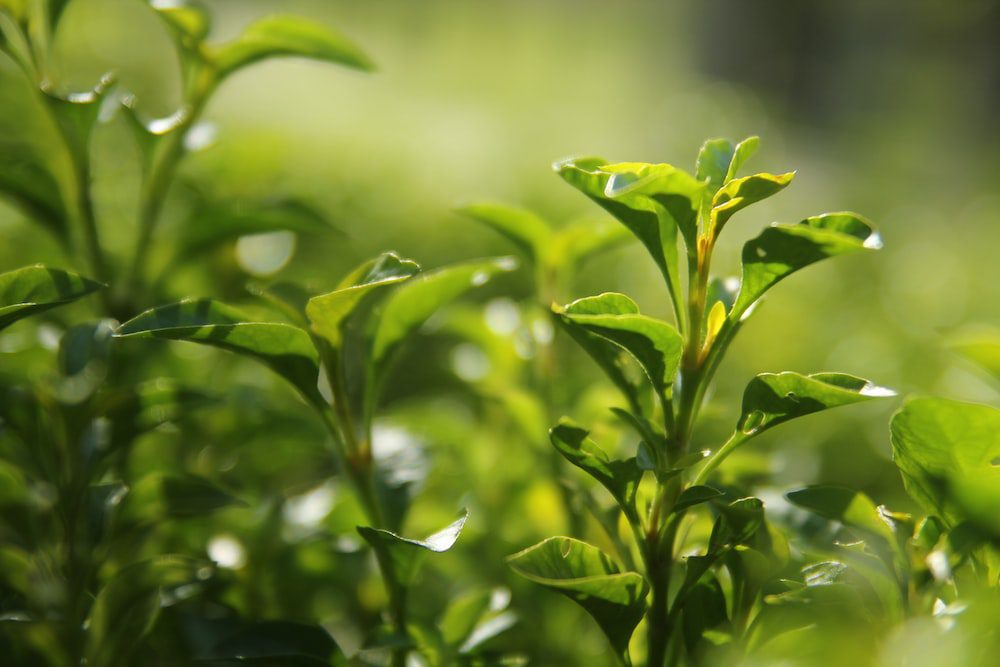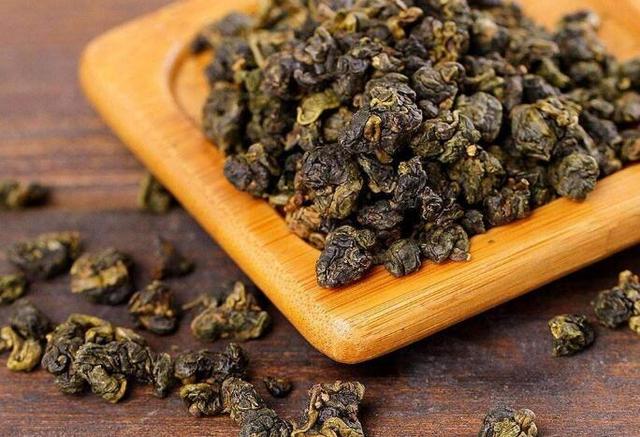Sophora tea, with its unique aroma and health benefits, is a favorite among tea lovers. In this article, we will introduce in detail the production method of acacia tea, from traditional handmade to modern mechanized production, to bring you to appreciate the charm of this traditional drink.

History and Culture of Sophora Tea
Sophora tea has a long history in China, dating back as far as the Tang Dynasty. Sophora is not only a beautiful ornamental plant, but its flowers also have medicinal value in clearing heat and detoxification, cooling the blood and stopping bleeding. In ancient times, acacia tea was often used as a cool summer drink. With the passage of time, the production process of Sophora tea has advanced and gradually formed a complete set of production process.
Selection of ingredients for Sophora tea
To make acacia tea, the first step is to choose high-quality acacia flowers. Generally speaking, the best picking period of acacia flowers is from May to June every year, when the acacia flowers are in bud and have the strongest aroma. When picking, you should choose the bright color, no pests and diseases, no impurities of the acacia flowers.

The handmade process of traditional acacia tea
The traditional process of making acacia tea includes the following steps:
1. Harvesting and cleaning
After picking the acacia flowers, you should first wash them with water to remove any dust and impurities from the flowers.
2. Greening
Greening is a key step in making acacia tea, the purpose of which is to remove some of the water and oxalic acid from the acacia flowers while retaining their aroma. Put the cleaned acacia flowers into a preheated pot and stir-fry them slowly over moderate heat until they turn dark green in color and give off an aroma.
3. Fermentation
The killed acacia flowers need to be fermented to increase the aroma and flavor of the tea. Pile the killed acacia flowers together and cover them with a damp cloth to maintain the right temperature and humidity to let them ferment naturally.
4. Drying
After fermentation is complete, the acacia flowers are spread flat in a well-ventilated area and dried naturally or using a dryer until the acacia flowers are completely dry and the moisture content is reduced to less than 51 TP3T.
5. Classification and packaging
The dried acacia tea is graded according to size, shape and aroma and then packaged for preservation and sale.
Mechanized production of modern acacia tea
With the development of science and technology, the production of modern acacia tea has been mechanized. Mechanized production not only improves efficiency, but also ensures the quality and hygiene of the tea. The production process of modern acacia tea is roughly as follows:
1. Mechanized harvesting and cleaning
The acacia flowers are picked using specialized picking machines and then cleaned by automated washing equipment.
2. Mechanized greening and fermentation
Modern greening machines and fermentation equipment are utilized to kill and ferment the acacia flowers. These equipment allows precise control of temperature, humidity and time to ensure the quality of acacia tea.
3. Mechanized drying and grading
After killing and fermenting, the acacia flowers are dried by automated drying equipment, then graded by grading machine and finally packed.
Drinking and Preserving Sophora Tea
The drinking method of acacia tea is very simple, just put the right amount of acacia tea into a teacup, brew it with boiling water and let it sit for a few minutes before drinking. Sophora tea has a fresh aroma and sweet taste, and has a very good health effect.

When preserving acacia tea, you should keep the following in mind:
- Store in a cool, dry, well-ventilated environment and avoid direct sunlight.
- Avoid storing with odoriferous items so that the tea does not absorb the odor.
- Opened acacia tea should be consumed as soon as possible to maintain its best flavor.
Sophora tea, a traditional beverage, not only carries a rich history and culture, but also has unique health benefits. By understanding how it is made, we can better appreciate and enjoy this gem of tea. Whether it is traditional handmade, or modern mechanized production, Sophora tea will continue to have a place in tea culture with its unique charm.

